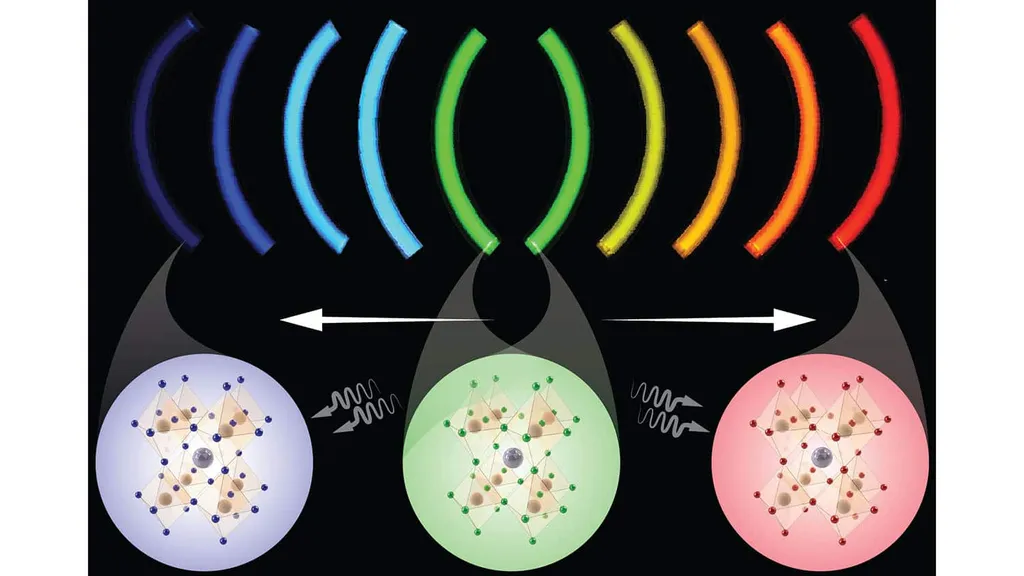In a groundbreaking development poised to reshape the landscape of optoelectronic components, researchers at the Center for Micro and Nano Technologies (ZfM) at Chemnitz University of Technology in Germany have pioneered a novel technique for depositing semiconductor quantum dots with unprecedented precision. Led by Gopinath Manoharan, the team’s innovative approach, detailed in their recent paper published in *Nano Select* (translated from German as “Nano Choice”), harnesses the power of FluidFM deposition to create intricate structures from aqueous dispersions of colloidal quantum dots.
The technique, known as pressure-controlled and force-controlled micropipetting, enables high-precision liquid-in-liquid deposition and manipulation of nanomaterials suspended in fluidic carrier liquids. “This method allows us to achieve a level of control and precision that was previously unattainable,” Manoharan explained. “By carefully adjusting the density and composition of the dispersion and engineering the surface energy of both the FluidFM cantilever and the gold-coated glass substrates, we can create highly structured, three-dimensional deposits.”
The implications for the energy sector are profound. Semiconductor quantum dots, with their unique optical and electronic properties, are crucial components in the development of advanced optoelectronic devices. These devices, including solar cells, light-emitting diodes (LEDs), and photodetectors, are vital for enhancing energy efficiency and sustainability. The ability to deposit these quantum dots with such precision opens up new possibilities for creating more efficient and cost-effective optoelectronic components.
One of the key advantages of this technique is its ability to form three-dimensional structures through bottom-up self-assembly. This process involves the structured sedimentation of quantum dots on solid substrates, resulting in deposits with minimal lateral dimensions of approximately 500 micrometers and evaporation-limited contact-line widths of around 2 micrometers. “This level of precision is essential for creating high-performance optoelectronic devices,” Manoharan noted. “It allows us to tailor the properties of the quantum dots to specific applications, enhancing their performance and reliability.”
The research also highlights the importance of surface energy engineering in achieving successful deposition. By utilizing chemical vapor deposition and physical vapor deposition techniques, the team was able to optimize the surface energy of both the FluidFM cantilever and the gold-coated glass substrates. This optimization is critical for ensuring the uniform and precise deposition of quantum dots.
The commercial impacts of this research are far-reaching. As the demand for advanced optoelectronic devices continues to grow, the ability to produce these devices with greater precision and efficiency will be crucial. The technique developed by Manoharan and his team has the potential to revolutionize the manufacturing process, leading to significant cost savings and improved performance.
In addition to its commercial applications, this research also has important implications for fundamental scientific understanding. By exploring the mechanisms of colloidal self-assembly and surface functionalization, the team has contributed to a deeper understanding of the behavior of nanomaterials in fluidic environments. This knowledge will be invaluable for future research in the field of nanotechnology.
As the energy sector continues to evolve, the need for innovative solutions to enhance efficiency and sustainability will only grow. The research conducted by Manoharan and his team at the Center for Micro and Nano Technologies represents a significant step forward in this direction. By providing a novel method for depositing semiconductor quantum dots with high precision, they have opened up new possibilities for the development of advanced optoelectronic components. This work, published in *Nano Select*, not only advances our scientific understanding but also paves the way for future technological advancements in the energy sector.

